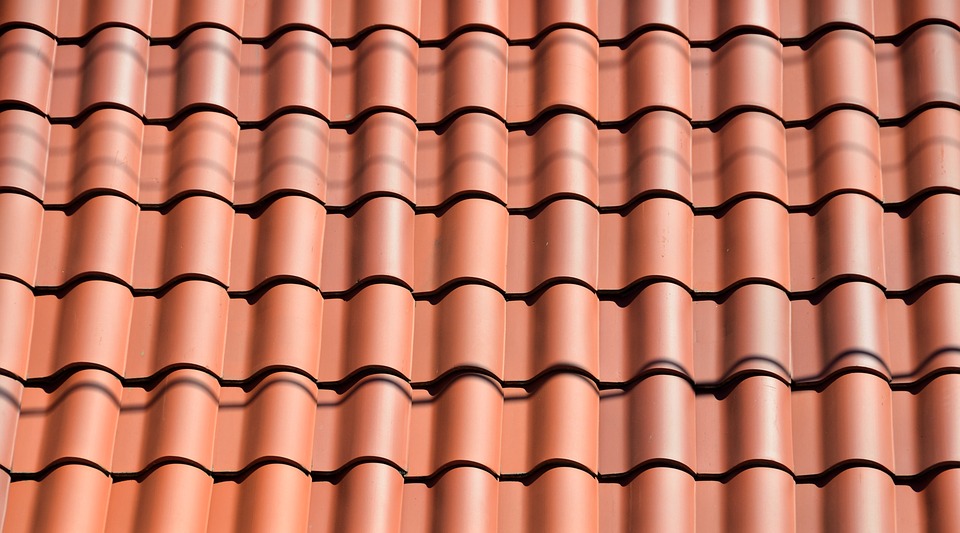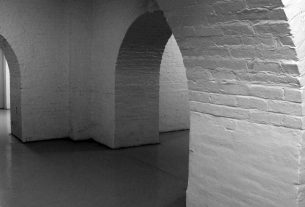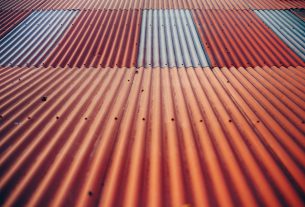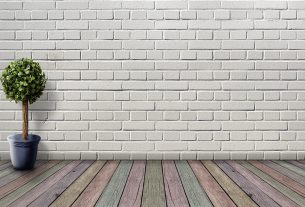One of the major problems of a house and a commercial building is when the walls and floors start to develop cracks because of pressure and weather conditions. Because of humidity and constant exposure to moisture, the construction and the foundation of the building could be compromised. Waterproofing is a good solution.
Another option for safeguarding your home or building’s foundation is by damp proofing. There is a difference between damp proofing and waterproofing.
• Waterproofing can be more expensive, but the effects last for a longer period of time and more environmental-friendly. It is usually rubber-based or made of polymer, silicone or similar materials. Waterproofing could prevent water absorption.
Waterproofing could also prevent groundwater into getting inside the building. It could be through a rubber membrane applied to the surface of wall, waterproofing paints and sealants. Aside from that, there are also systems which could pump the water out of the building.
• Damp proofing uses a tar-based mixture. This would prevent the surface from water and moisture. However, it does not stop water from penetrating but it could definitely slow down the process. There are some damp proofing products that are water-based making it more Earth-friendly.
Damp proofing could be an inexpensive alternative, however, it could cause more problems in the future. The effects are short-term. Within two years the effect of damp proofing could wear down and cracks could re-emerge. The walls or floors could become brittle and would easily flake.
A damp proofing specialist would usually do the inspection of the building or house. The specialist would recommend or give instructions on how damp proofing would happen. There are also damp proofing products that could be applied by the home-owner themselves. Usually, damp proofing cellars or basement would require you to get professional help. Above-ground damp proofing could be performed by the owners.
Currently, damp-proofing is included in the process of construction. But for buildings that have already been constructed, damp proofing could still be integrated into the structure. A damp proof specialist or company is needed to determine and assess what would be effective for the property.
When choosing between damp proofing and waterproofing, it is important to consider the kind weather or environment where you are located. If you live in an area where heavy downfall frequently occurs, then waterproofing may be a better choice since it could protect the building structure from moisture.
You could even take simple steps to ensure that your house is fully dry. It could be making sure that the drains and gutters are free of clogs, regularly checking roof tiles and the roofing systems. Homes should also be properly ventilated. Condensation could happen which can also cause moisture.
Both damp proofing and waterproofing could cost you, but the money is seriously worth it. Beware of “quick and easy fixes” since they may sacrifice the quality of waterproofing you need. Call the experts and let them do the tasks for you. Damp-proofing and waterproofing are solutions. Decide what would work for you and for your property investment.





